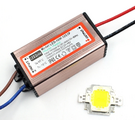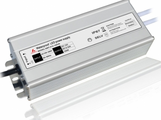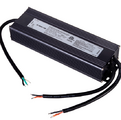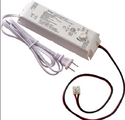How Can You Test an LED Power Supply Before Purchase?
Testing an LED power supply before you buy it is crucial to ensure it meets your needs and will deliver reliable performance. Here’s a detailed, confident guide on how to thoroughly test an LED power supply, emphasizing key details and avoiding generic summaries.
Understand the Specifications
Start by reviewing the specifications of the LED power supply. Check the voltage and current output that it supports, and compare these with the requirements of your LED setup. For example, if your LED strips require 12 volts and 2 amps, ensure the power supply can handle at least these values. Important specifications to check include:
- Output Voltage Range: Typically between 5V to 24V.
- Maximum Current: Usually ranges from 1A to 10A.
- Power Rating: Often listed in watts, calculate this by multiplying the output voltage by the current (e.g., 12V * 2A = 24W).
Visual Inspection
Before you plug anything in, perform a visual inspection of the power supply. Check for any signs of damage, such as cracks, loose components, or signs of burning. Ensure that the wiring and connections are robust and properly insulated. This simple step can prevent using a faulty unit that could damage your LEDs or pose safety hazards.
Connectivity Test
Connect the LED power supply to a multimeter set to measure voltage. Attach the multimeter leads to the output terminals of the power supply. Power it up and check if the voltage reading on the multimeter matches the specified output voltage of the power supply. It’s essential that this test shows accurate and stable voltage to avoid flickering or uneven lighting in your LEDs.
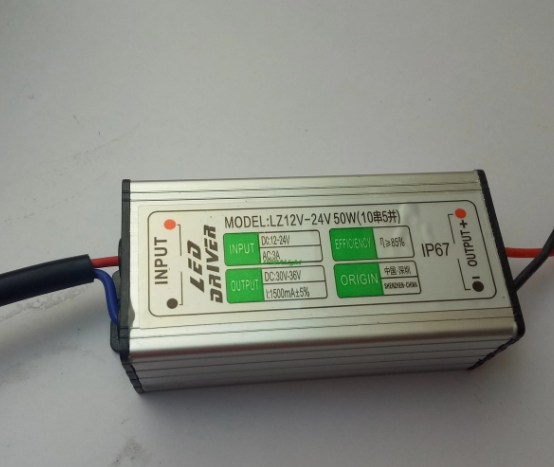
Load Testing
For a more rigorous test, connect a known load that matches the maximum output capacity of the power supply. Observe how the power supply handles the load over an extended period—about 10-20 minutes. Watch for any significant drops in voltage or unusual fluctuations, which could indicate internal issues. Also, feel the power supply’s temperature to ensure it does not overheat.
Efficiency Check
Evaluate the efficiency of the power supply by measuring the input power and comparing it to the output power. Use a power meter to track how much energy it consumes from your power outlet. High-quality LED power supplies typically have an efficiency rate of 85% or higher. This means if the input power is 100 watts, at least 85 watts should be effectively converted and used by the connected LEDs.
Certification Verification
Check for relevant certifications such as UL, CE, or RoHS. These certifications mean the power supply meets specific safety and environmental standards critical for reliable operation. This step is often overlooked but is vital for ensuring long-term safety and compliance with regulatory standards.
Vendor Reputation and Warranty
Before making your purchase, assess the reputation of the vendor and the warranty terms for the LED power supply. A reputable vendor should offer at least a one-year warranty, indicating confidence in the quality and reliability of their product. Check reviews or ratings online to see how other customers have rated their experiences with the product and the vendor.
Key Takeaway
By following these detailed steps, you can confidently test an LED power supply before purchasing to ensure it meets your specific needs and will perform reliably in your setup. For more information about selecting and using LED power supplies, visit LED Power Supply. This resource offers additional insights and product options to help you make an informed decision.


